How to Get Rid of Aphids in Your Garden: 7 Methods
-
Pete Ortiz
- Last updated:

Aphids have a way of getting into gardens. No matter how small or neat your garden might be, chances are high that there are at least a few aphids in your garden. In small numbers, aphids might not be much of a problem. However, when the colony begins to increase, they can attack the plants, feeding on their fruits and leaves and eventually causing them to suffer greatly.
The bad thing about aphids is that they have a very fast growth rate. With the right conditions, aphids will thrive and expand their territory. A study¹ was carried out on a plant with about 5 to 10 aphids per plant. Within about 3 weeks the aphids increased in population to over 5,000 aphids per plant. This is proof that aphids thrive in good conditions.
If you want to know how you can get rid of aphids in your garden, continue reading.
Overview of Aphids
Aphids are also called plant lice, green fly, or ant cow, and they come from the family Aphididae. There are over 4,400 species of Aphids, and in large numbers, they can cause serious havoc to plants. Aphids are most attracted to food crops and other flowering plants.
How to Identify Aphids in Your Garden
Spotting an aphid can be a bit difficult since it has a skin color that makes it almost invisible to the human eye. Different species of aphids have different colors. They can be white, gray, yellow, or pink. The most notable identity of an aphid is the presence of two tailpipes towards the end of the abdomen.
Aphids are about 2–4 mm in size. They have soft exoskeletons, and they are shaped like a pear. They can be winged or wingless.
Because the aphids are almost always invisible, you are most likely to notice the damages caused by the aphid.
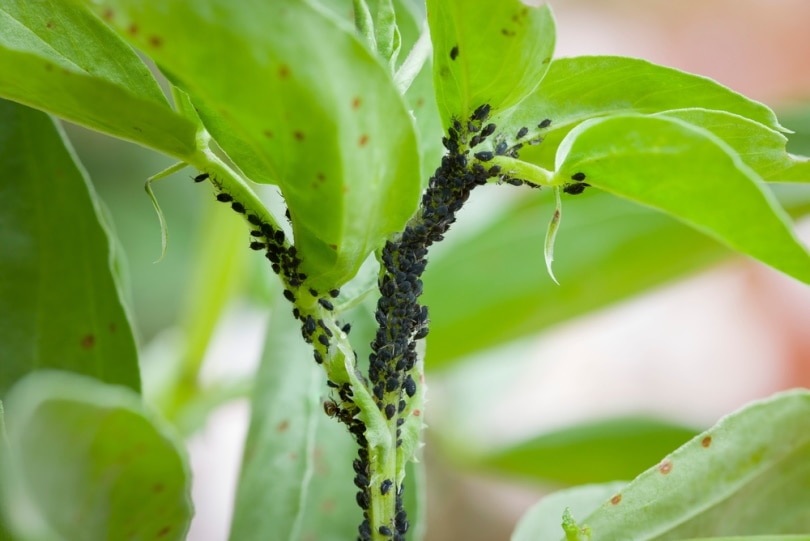
What Does Aphid Damage Look Like?
Aphids feed on all plant parts: fruits, flowers, roots, leaves, and stems. Here are some of the likely signs that aphids have invaded your garden.
- The leaves become yellow, stunted, and curled. Most aphids love to hide underneath the leaves of plants, so you can check this part of the plant to find them.
- Flowers and fruits start to have holes in them and look distorted.
- There are some sticky residues on the leaves and stems of the plant. This sticky substance is likely the honeydew which is a liquid sugary substance produced by the aphids as waste. Insects, especially ants, are usually drawn to this liquid, so if you notice a lot of insects flocking around the liquid, then aphids are likely in your garden.
- Branches and leaves might begin to appear black due to the growth of fungi from the honeydew on the plant.
- You might find the white cast of their exoskeleton, which they shed as they mature on leaves.
If you begin to notice some or all of these signs in your garden, then it means that the aphid invasion is large. Before aphids can cause such havoc, there have to be a lot of them.
What Attracts Aphids to Gardens?
Aphids are always attracted to new growth. A fresh garden with new, succulent plants that are just starting to shoot is the perfect habitat for an aphid. When they smell new buds from miles away, they tend to find their way to the plants and stay on them. Aphids will live on these new plants and begin to grow with them. As the plant matures and begins flowering, aphids can begin feeding and attract other matured winged aphids to the plants, which then begin to cause destruction.
Aphids are likely to appear in their colony when the weather is warm enough during early spring. Aphids do not thrive well in the winter, so they are always in hiding during this period. Once the spring begins to come in, they begin to come out.
The 7 Methods That Can Help You Get Rid of Aphids in Your Garden
Aphids are tiny and can be perceived to be harmless. However, it is best to get them under control while you still can before they start reproduction. Aphids are known for their fast reproductive abilities¹. Aphids give birth to their young alive, which is rare for many insects. Now, this is a problem because oftentimes, they do not need males to reproduce. An aphid can give birth to 5 to 8 babies daily, and these babies can be born pregnant. When the conditions are right, an aphid can reproduce over a billion aphids annually.
Here are seven proven ways to get rid of aphids.
1. Water Spray
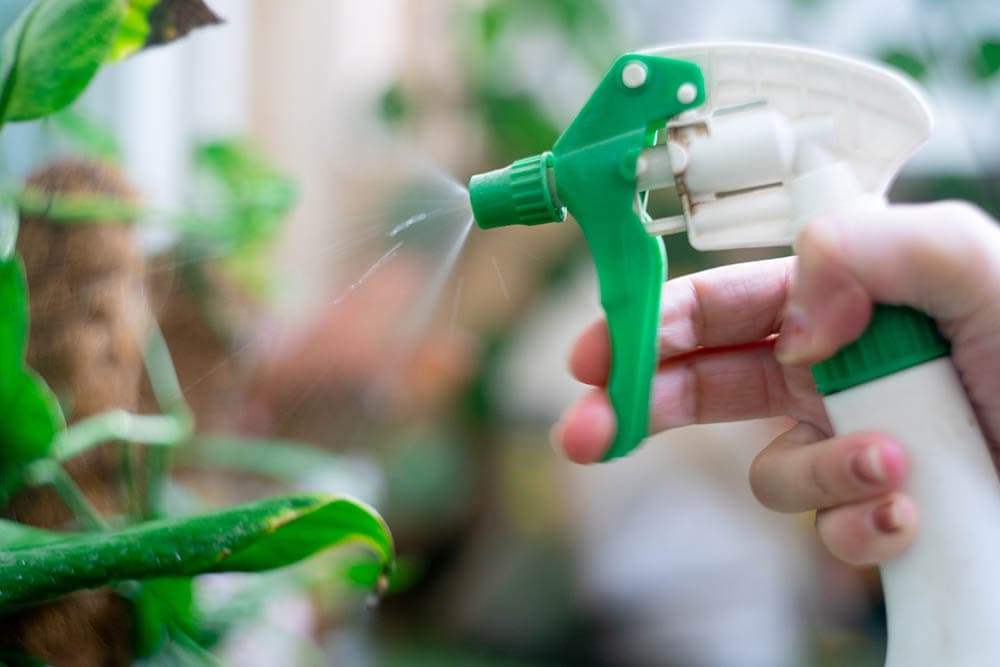
A forceful spray of water over the plants can knock off the soft-bodied aphids from your plants. Aphids, especially wingless ones, are unlikely to climb back to plants¹ when they have been dislodged.
2. Manual Removal
If you see a colony of aphids gathered around a plant, and you suspect that the infestation is small, then you can manually use scissors or prune to cut out the leaves where the aphids are gathered and destroy them. You can also put on your gloves and pluck out aphids with your hand; they are light enough to make this easy when the infestation is small.
3. Diatomaceous Earth (DE)
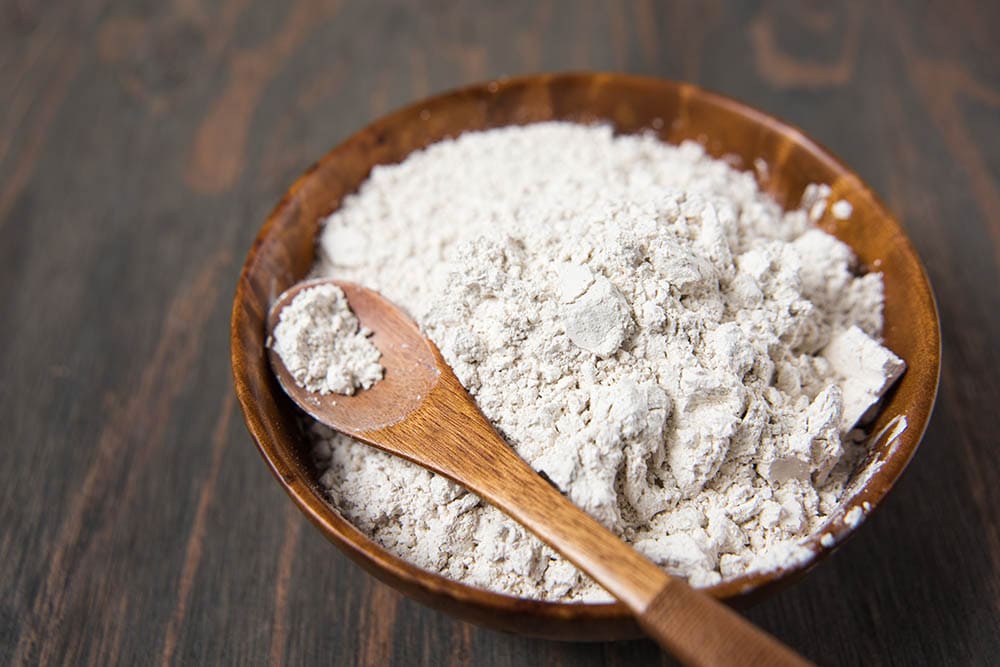
A sprinkle of Diatomaceous earth around your plants can keep pests away, including aphids. DE is made of the fossil skeleton of microscopic aquatic organisms that have single cells. Soft-bodied insects will avoid this soil because it is sharp and can cut their skin, causing them to dehydrate and die.
4. Encourage Their Natural Enemies
Aphids are not very good friends with ground beetles, wasps, and ladybirds. By introducing these insects into your garden, you can get rid of aphids.
5. Alcohol Repellant
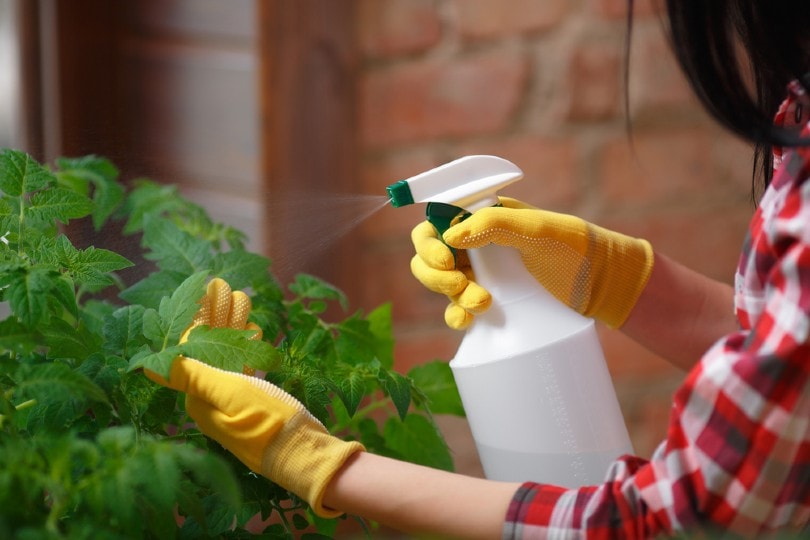
A solution of alcohol and water can be very effective in getting rid of aphids in your garden. Only spray this solution over the infested areas instead of over the entire plant. You might need to repeat this application continuously since the solution will only kill the aphids that it comes in contact with.
6. Use Insecticidal Soaps, Neem Oil, or Horticultural Oil
Chemical sprays should be your late option as they can have negative effects on your plants by damaging their tissues. Do not use sprays often. An application every 10 days is great. Repeat this until you notice the infestation beginning to reduce.
7. Keep Your Garden Neat
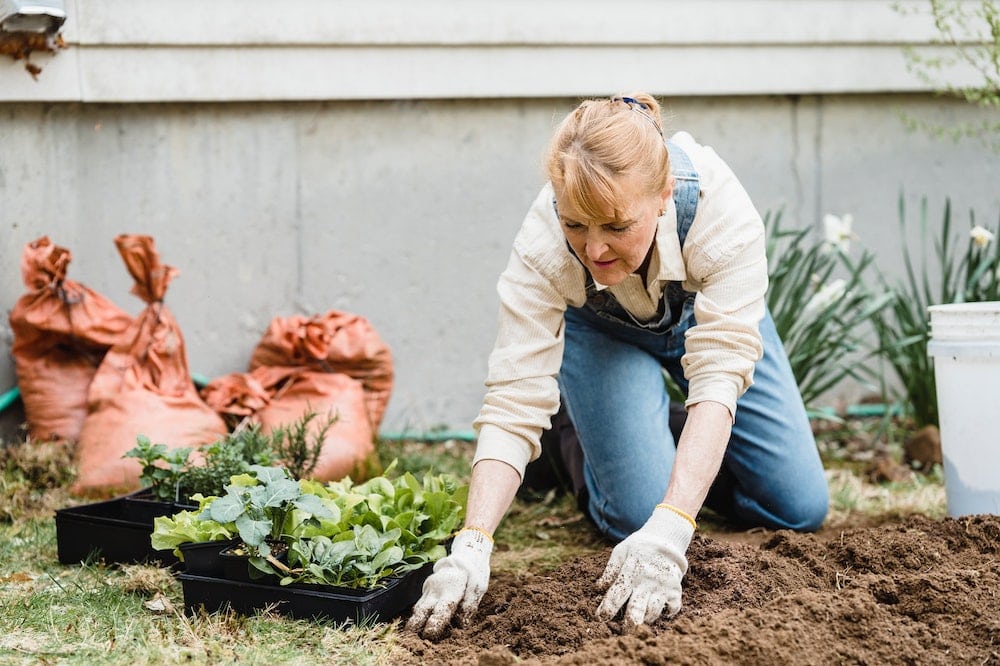
Make sure there are no weeds in your garden. Aphids can infest weeds, and the infestation can easily spread from there. Take away debris as aphids can grow their young ones in debris.
Conclusion
When your garden is free from aphids, you will have healthier plants and a bountiful harvest. Hopefully, one of the above seven methods will help you your garden aphid-free!
Featured Image Credit: Kurdyukova Olga, Shutterstock
Contents



